NASA’s Arts + Mars program is getting people excited for exploration again.
It was 1944. A war weary public was searching for an escape from the drudgery of the domestic war effort. A little known architect Chesley Bonestell did some space art renderings for Life magazine. The public was astounded. Chesley Bonestell’s Saturn as seen from Mimas was unlike anything they’d ever seen.
Space art prospered, helping to drum up the fervor for the Apollo program seen in the 1966–67 golden age of NASA. When they were operating at roughly 4% of the American budget. The sort of budget which lets a space agency put a man on the moon.
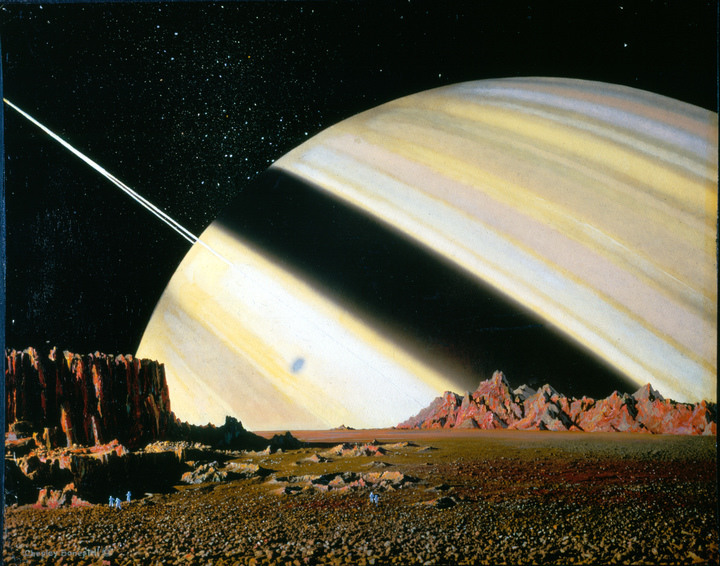
Photo: Reproduced courtesy of Bonestell LLC
As famed rocket scientist and leader of NASA’s rocket program Wernher von Braun said of Bonestells work;
“It was the most accurate portrayal of those faraway heavenly bodies that modern science can offer.”
NASA may have built the rockets. But it was artists like Bonestell who communicated in a visual language we all speak what space travel was all about. Art captures the imagination of the public in a way that journal articles and the spoken word can’t.
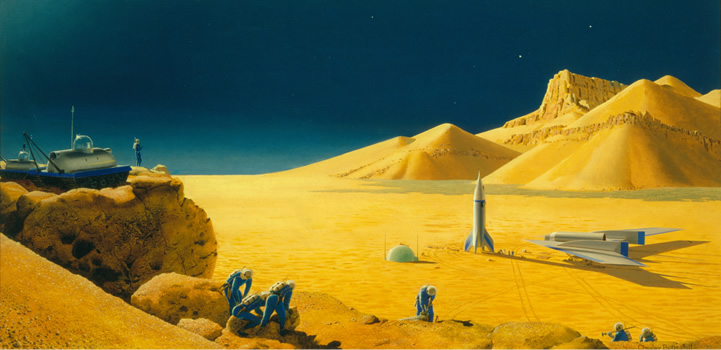
Photo: Reproduced courtesy of Bonestell LLC
Art helps people to imagine what could be
Space art communicated the value of exploration while the ideological conflict with the Soviet Union provided the urgency. This situation is repeating itself today. As astrophysicist Neil DeGrasse Tyson puts it;
“Let’s get China to leak a memo that says they want to build military bases on Mars. We’d be on Mars in twelve months.”
China’s space program is speeding up. They’re on track to get to Mars in the 2030’s on the backs of their successful Long March series of rockets. The US is feeling the pressure, with delayed plans for a mission in 2033. But without the public outcry for progress, NASA likely won’t receive the funding to make this a reality.
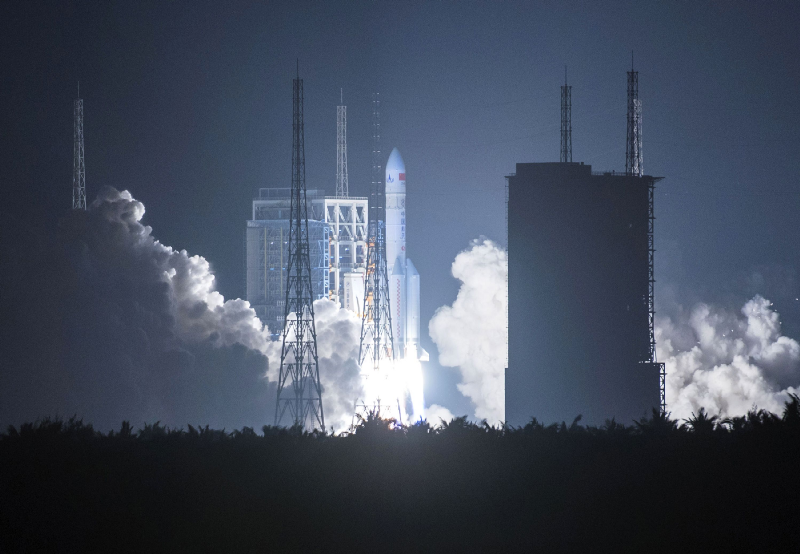
Photo: Japan Times
Art is pervasive in every culture and society
Space art again served to stir up public interest during the 1995 discovery of the first exoplanet. Astronomers had noticed that something was making a distant star named 51 Pelasi wobble. An earthbound spectrometer had picked up this wobble and astronomers at the Geneva Observatory were trying to figure out what it meant. The leading theory, which turned out to be true, was the wobble was caused by a planet.
If so, this would mark the first time a planet outside our solar system had been detected. Greatly increasing the odds that life off Earth existed.
These astronomers needed to communicate the enormity of this event. What could be one of the greatest scientific discoveries of our age, was likely to get lost in the shuffle if there was nothing to capture the public’s imagination alongside the press release.
A freelance scientific artist Lynette Cook was contacted to depict 51 Pelasi. The painting she crafted captured the hearts and minds of the public. It’s reverberations can still be felt in the public’s excitement about finds like the TRAPPIST-1 system.
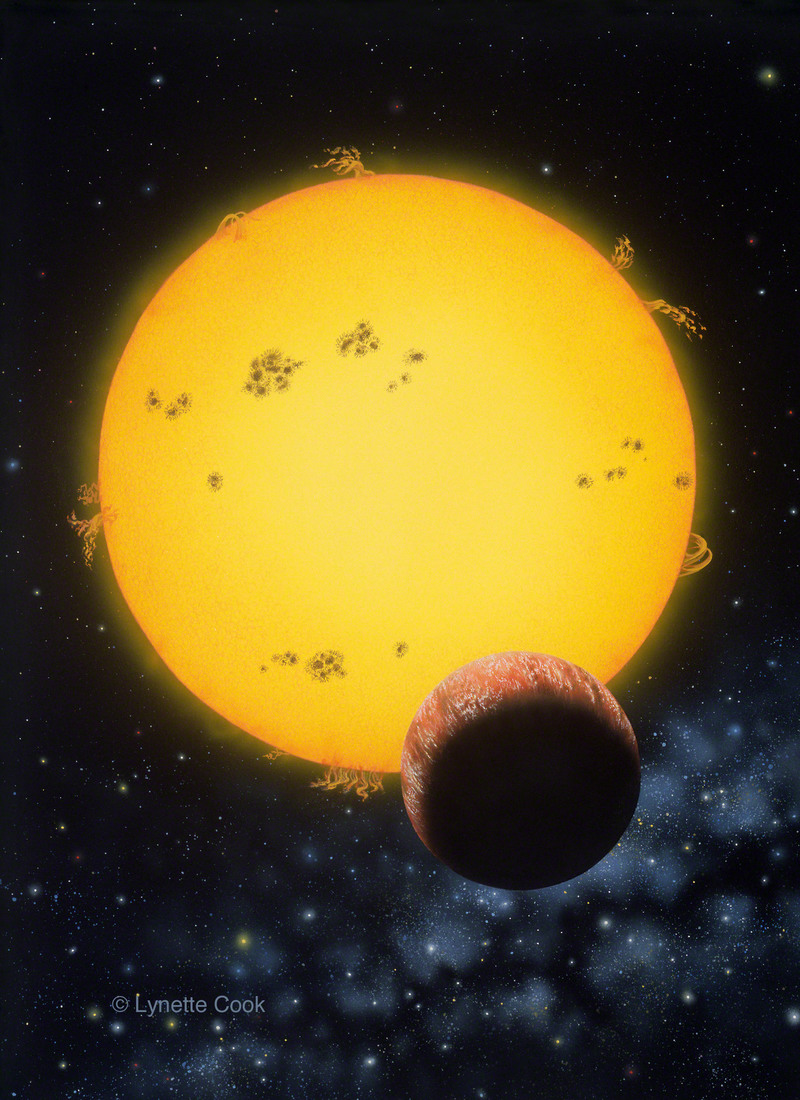
Photo: Lynette Cook
There’s a trend of art helping generate excitement in space exploration
Again the timely use of evocative artwork got the public interested in space travel. Helping to secure funding for mega projects like the $US 10 billion James Webb Space Telescope soon to be launching to beyond the moon’s orbit 1.5 million km away at Earth’s L2 Lagrange point.
NASA recognizes this trend. The public is primed for the Mars mission. NASA has the next class of astronauts. The Space Launch System and Orion Crew Capsule are being constructed today for an eventual Mars flyby mission and subsequent landing.
What NASA doesn’t have is the budget. It’s estimated a Mars mission will cost upwards of $US 100 billion. NASA’s 2018 budget of $US 19,653.3 billion won’t get them there. With only $2.15 billion for the Space Launch System and $1.35 billion for Orion. This is still a substantial amount of money but the largest problem the Shuttle and these subsequent rockets have is how expensive they are to construct and operate. Something SpaceX is actively changing.
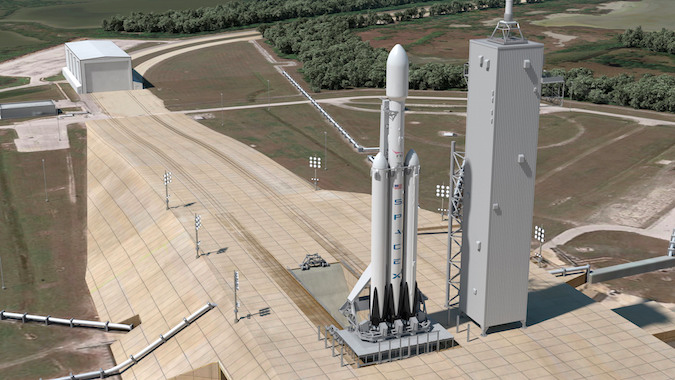
Photo: Spaceflight Now
It’s time for our artists to show us the way again
Since 2011 when the last Shuttle launched NASA has been dependent on Russian rockets to get its astronauts to the ISS. Private industry under Obama’s legislation has been given funding to make up the launch gap but it hasn’t happened yet, beyond ISS resupply missions. SpaceX’s and Boeing’s crew capsules are still undergoing testing.
As it stands space exploration is a niche hobby. Where aficionados get together on Reddit to discuss SpaceX launches and orbital mechanics. It’s not something the general public concerns itself with. As Jack Burns, a member of President Trump’s NASA transition team puts it;
“NASA has been kind of stuck for much of the last decade. After the shuttle stopped flying, people were even confused as to whether NASA existed any longer — I mean it was that bad.”
Space exploration is something America did, but doesn’t do. People don’t think about space much anymore. But all the pieces are there, NASA just needs a jolt to spark the public interest.
Enter NASA’s Arts + Mars Program. Started at a conference where NASA got together some 30 poets, painters and other artists. It’s intended to have that shockwave effect on the public conscience which gets people aware of the Mars effort, shown through works like the Jet Propulsion Laboratories Visions of the Future.
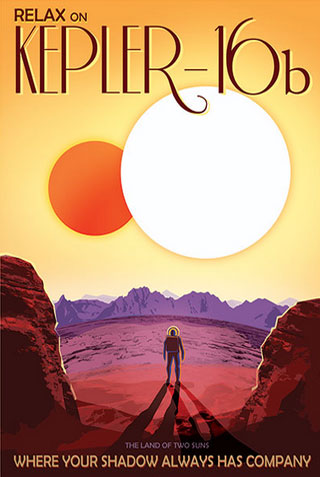
Photo: NASA/JPL
There’s evidence it’s happening now
This effort and one’s like it have helped to create works like The Mars Generation on Netflix, the Arts@CERN event where artists and dancers visit the Hadron Supercollider to inspire leading scientists.
With space photography renderings of space have started to die off. Leaving artists like Ron Miller or Lynette Cook with less of an audience.
To find modern space art we need to look further. To sensational videos like Wanderers or LUNAR where visual artists create moving paintings of space to evoke wonder and joy. Or the epic space painting The Verge by Lightfarm Studios which in this making of video highlights the lengthy, complex process of creation.
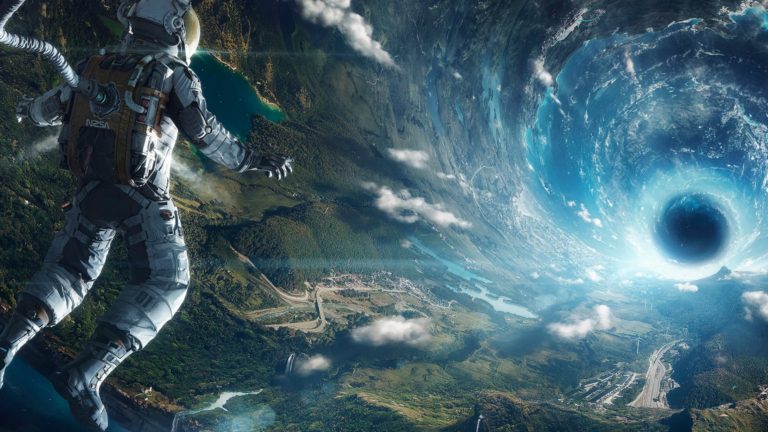
Photo: Lightfarm Studios
Space art has evolved from just paintings
Space art hasn’t gone away. Astrophotography and the evolution of telescopes like the Hubble have taken away some of the mystery of the cosmos. People paradoxically feel as though we’ve conquered space and thus don’t need to explore it at all. Which couldn’t be further from the truth.
Space is the next frontier and it’s up to us to explore it. There’s no reason not to. As Neil DeGrasse Tyson puts it in when discussing his famous book Space Chronicles: Facing the Ultimate Frontier;
“Space exploration is a force of nature unto itself that no other force in society can rival. Not only does that get people interested in sciences and all the related fields, but it transforms the culture into one that values science and technology, and that’s the culture that innovates. And in the 21st century, innovations in science and technology are the foundations of tomorrow’s economy.”
 Written by Andrew Walls
Written by Andrew Walls
Andrew Walls is a university student living in Toronto, Canada. Andrew’s always been fascinated by what’s beyond Earth and loves sharing his wonder with others. For more of Andrew’s writing visit his outer space/entrepreneurship blog Landing Attempts. You can also find him on FB & Twitter.
Featured image: http://lightfarm.com/the-verge/








